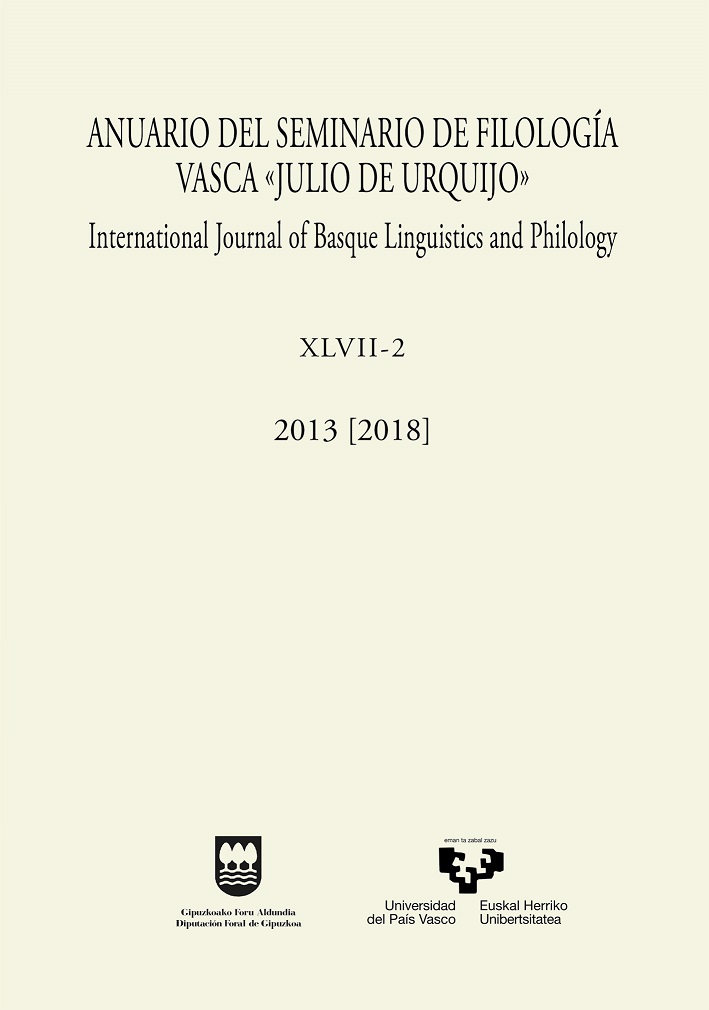A typology of stress- and foot- sensitive consonantal phenomena
##plugins.themes.bootstrap3.article.main##
##plugins.themes.bootstrap3.article.sidebar##
Publicado
15-10-2013
Carolina González
Resumen
This article investigates consonantal alternations that are conditioned by stress and/or foot-structure. A survey of 78 languages from 37 language families reveals three types of consonantal phenomena: (i) those strictly motivated by stress (as in Senoufo lengthening), (ii) those exclusively conditioned by foot structure (as in /h/ epenthesis in Huariapano), and (iii) those motivated both by stress and foot structure (as in flapping in American English). The fact that stress-only and foot-only consonantal phenomena are attested alongside stress/foot structure conditioned phenomena leads to the proposal that stress and foot structure can work independently, contradicting the traditional view of foot structure organization as signaled by stress-based prominence. It is proposed that four main factors are at play in the consonantal phenomena under investigation: perception, duration, aerodynamics, and prominence. Duration, aerodynamics and perceptual ambiguity are primarily phonetic, while prominence and other perceptual factors are primarily phonological. It is shown that the mechanism of Prominence Alignment in Optimality Theory captures not only consonantal alternations based on prominence, but can also be extended to those with durational and aerodynamic bases. This article also makes predictions regarding unattested stress/foot sensitive alternations connected to the four factors mentioned above.
Cómo citar
González, Carolina. 2013. «A Typology of Stress- and Foot- Sensitive Consonantal Phenomena». Anuario Del Seminario De Filología Vasca "Julio De Urquijo" 47 (2):87-210. https://doi.org/10.1387/asju.18680.
##plugins.themes.bootstrap3.article.details##
Número
Sección
Artículos
Esta obra está bajo una licencia Creative Commons Atribución-NoComercial-SinDerivadas 4.0 Internacional.


